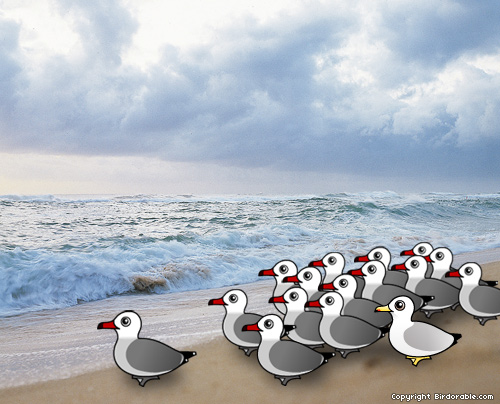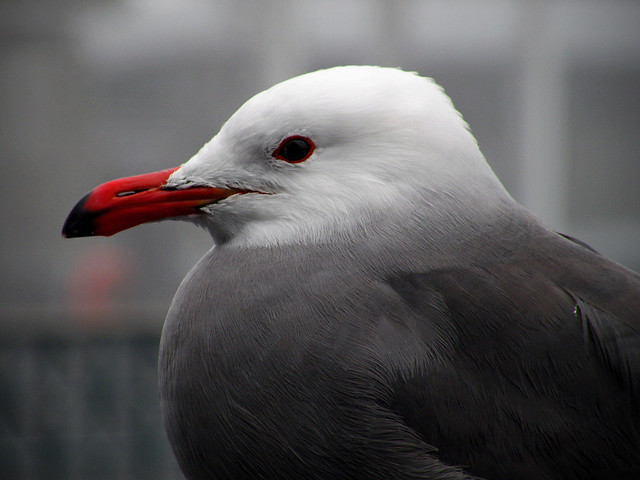The Beautiful Heermann's Gull

Have you ever seen a Heermann's Gull? These birds live on the west coast of the United States and Mexico. There are about 150,000 pairs of them and 95% of these nest on the island of Isla Rasa off Baja California. Audubon calls it one of North America's most beautiful gulls. Among other gulls in this area, Heermann's Gulls are easy to identify: breeding adults are dark gray above and light gray below, they have a white head and bright red bill with black tip. They are about the same size as a Ring-billed Gull. Isla Rasa is included in the Islas del Golfo California Biosphere Reserve. Because so many of these birds nest in one place, the entire species is vulnerable to disturbances there, which include harvesting of eggs by fishermen, industrial development and predation by introduced mammals.


Photo by Mary Angelini (via Flickr)
If you like this cute gull, check out our other Birdorable terns and gulls.





Comments
Leave a comment
Thank you!